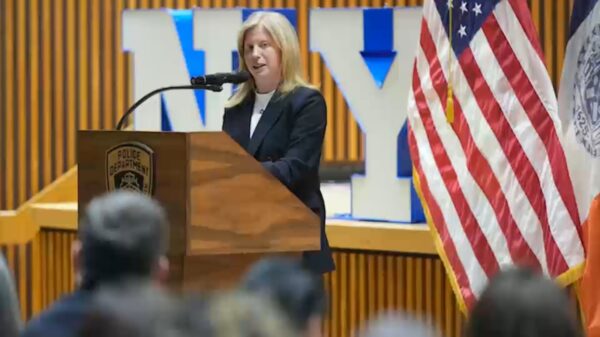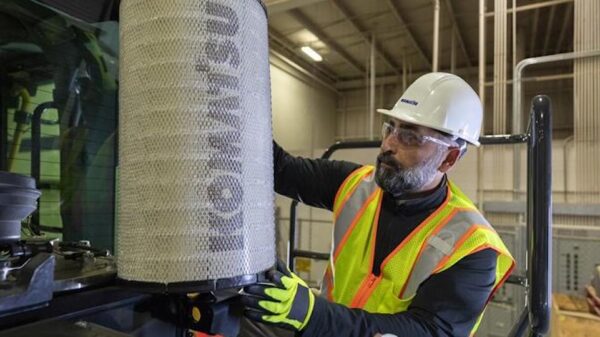BREAKING: The U.S. government has officially opened a controversial immigrant detention facility deep within the Florida Everglades, dubbed “Alligator Alcatraz.” During a media briefing, White House Press Secretary Karoline Leavitt stated, “There is only one road leading in … and the only way out is a one-way flight,” raising alarms about the facility’s isolating and punitive design.
This facility, announced earlier today, is surrounded by swamps and alligators and fortified with over 200 security cameras, 8,500 meters of barbed wire, and a force of 400 personnel. Initial accounts from detainees reveal alarming conditions, including limited access to water, only one meal per day, and constant artificial lighting. Such details have intensified criticism, as many perceive the facility as a deliberate attempt to instill fear and deter immigration.
Florida Governor Ron DeSantis has been a key supporter of this facility, which critics argue symbolizes a broader trend of state-sanctioned cruelty. The infrastructure is not merely a physical structure; it represents a visual policy aimed at showcasing authoritarian governance. Disturbingly, AI-generated images circulating on social media, depicting alligators wearing Immigration and Customs Enforcement hats, have sparked debate over whether they are satirical or a form of state propaganda.
The backdrop of this facility highlights a disturbing history of fatal encounters along the U.S.-Mexico border. According to Human Rights Watch, over 10,000 deaths have occurred due to harsh immigration policies. The design of Alligator Alcatraz, with its remote and dangerous surroundings, is reminiscent of tactics used to direct migrants into perilous terrains, exacerbating risks of dehydration and death.
Architectural critiques emphasize that the facility’s design aligns with a continuum of immigration detention facilities that increasingly resemble prisons. Experts like historian Sarah Lopez argue that this architecture serves political ends, with spaces designed to control and isolate individuals rather than offer humane treatment. The concept of “weaponized architecture” has emerged, where buildings are crafted to exert power and control over marginalized communities.
As the situation evolves, the implications of Alligator Alcatraz extend beyond infrastructure. The facility is viewed as a manifestation of historical racial terror, mirroring grotesque imagery from America’s past that linked alligators to the subjugation of Black individuals. This alarming connection raises concerns over the normalization of racial violence in contemporary political discourse.
The facility’s rapid construction—completed in just eight days—contrasts sharply with the prolonged neglect of essential services for migrants. Basic needs like clean drinking water remain unmet, sparking outrage and highlighting a disparity in governmental priorities.
As this story develops, observers are left questioning the future of immigration policy and the ongoing struggle for human rights. The urgency of the situation is palpable, as more details about the conditions at Alligator Alcatraz continue to emerge. This facility is more than a new detention center; it is a sobering reminder of the lengths to which authorities will go to deter migration and the human costs that accompany such policies.
Stay tuned for further updates as the ramifications of Alligator Alcatraz unfold.



































































